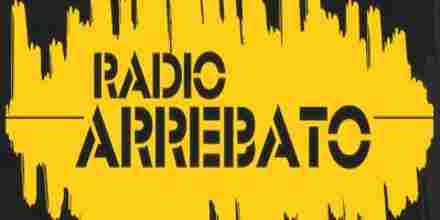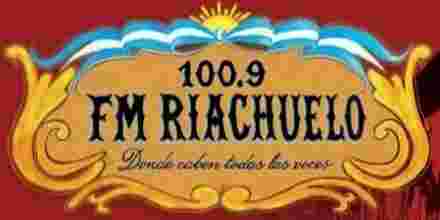Spanish music is a rich and vibrant tapestry woven from centuries of cultural exchange, historical events, and regional diversity. It encompasses a wide array of styles and influences, reflecting the country's complex heritage and its interactions with various civilizations over time. From the fiery rhythms of Flamenco to the soulful melodies of Copla, Spanish music is as diverse as it is captivating.
Flamenco, perhaps the most iconic form of Spanish music, originated in the Andalusian region, particularly in cities like Seville and Cádiz. It is a deeply emotional and expressive art form that combines singing (cante), guitar playing (toque), dance (baile), handclapping (palmas), and finger snapping (pitos). Flamenco's roots can be traced back to the Romani people, who brought their own musical traditions from northern India. Over time, it absorbed elements from Andalusian folk music, Moorish influences, and Spanish classical music, evolving into a unique and powerful expression of human emotion.
The guitar plays a central role in Flamenco, with its intricate and passionate playing styles. The toque flamenco often features rapid, complex patterns and dramatic flourishes, accompanied by the rhythmic palmas and pitos that drive the music forward. The cante, or singing, is equally vital, characterized by its raw, unadorned vocals that convey a range of emotions from joy to despair.
Beyond Flamenco, Spanish music includes numerous other genres that reflect the country's regional diversity. In the Basque Country, traditional music features the txistu, a small flute, and the tamboril, a small drum, often accompanied by singing in the Euskara language. The music is lively and rhythmic, reflecting the region's unique cultural identity.
In Galicia, in northwestern Spain, traditional music is heavily influenced by Celtic traditions, with instruments like the gaita (a type of bagpipe) and the tambor (drum) playing prominent roles. Galician music often features modal scales and pentatonic melodies, giving it a distinctive sound that sets it apart from other Spanish regional styles.
The Copla Andaluza is another significant genre in Spanish music, originating in the Andalusian region during the early 20th century. It combines elements of traditional Flamenco with popular song forms, creating a style that is both accessible and emotionally resonant. Coplas often tell stories of love, loss, and longing, with lyrics that are both poetic and deeply personal.
In Catalonia, traditional music features instruments like the gralla (a double-reed wind instrument) and the timbal (a type of drum). Catalan music often incorporates elements of medieval and Renaissance music, reflecting the region's rich cultural history. The sardana is a traditional dance that is central to Catalan musical culture, featuring a circle of dancers holding hands while moving in synchronized steps.
Spanish classical music has also made significant contributions to the world of music. Composers like Isaac Albéniz, Manuel de Falla, and Enrique Granados are renowned for their innovative and expressive works, which often draw on traditional Spanish musical elements. Albéniz's "Iberia" is a seminal work that explores the diverse musical landscapes of Spain, from the fiery rhythms of Flamenco to the serene beauty of Catalan folk music.
The influence of Spanish music can be heard in various genres around the world, from Latin American music to jazz and rock. Artists like Paco de Lucía, one of the most influential Flamenco guitarists of all time, have brought Spanish musical traditions to global audiences, inspiring countless musicians and composers.
Spanish music is a testament to the country's rich cultural heritage and its ability to adapt and evolve over time. Whether it is the passionate rhythms of Flamenco, the lilting melodies of Galician folk music, or the innovative compositions of Spanish classical music, each style offers a unique perspective on the human experience. Through its diverse sounds and emotions, Spanish music continues to captivate listeners around the world, inviting them to explore the depths of Spain's musical soul.
 Ecuador Spanish music
Ecuador Spanish music Arroba FMArroba FM
Arroba FMArroba FM 315
Spain Spanish music
315
Spain Spanish music Radio ArrebatoRadio Arrebato
Radio ArrebatoRadio Arrebato 242
Spain, Guadalajara Spanish music
242
Spain, Guadalajara Spanish music



















